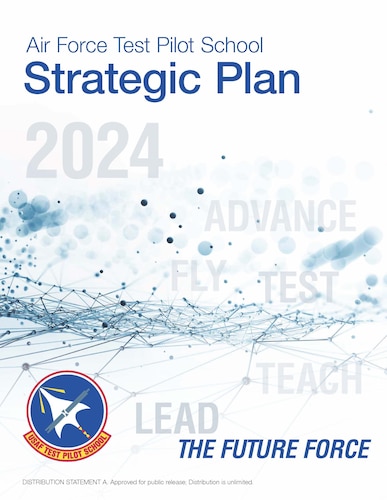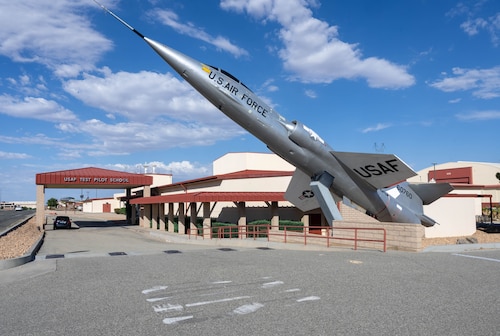On the cusp of its 80th anniversary, the Air Force Test Pilot School at Edwards Air Force Base, California, is undergoing a major transformation to better prepare Airmen and Guardians for the complex and rapidly evolving challenges of modern warfare. Highlighting the need to adapt to an era of Great Power Competition, TPS has introduced a new strategic plan to modernize its curriculum, enhance staff development, and expand research capabilities.
The strategic plan is inspired by Lt. Gen. Jimmy Doolittle, a pioneer in flight testing and a model for test leadership. Doolittle's dedication to innovation, critical thinking, and leadership under adversity is a guiding principle for the school's future. "We are proud to carry on the tradition of excellence that Lt. Gen. Doolittle exemplified," said Maj. Gen. Scott Cain, commander of the Air Force Test Center. "Our goal is to prepare our graduates to be the test leaders of tomorrow, capable of leading multidisciplinary teams and advancing new capabilities for our warfighters."
The plan outlines a comprehensive roadmap that aligns the school's mission with the broader goals of the Air Force Test Center. It emphasizes developing test leaders who are not only experts in their fields but also critical thinkers and innovators.
"Our mission is to create leaders who can navigate the increasingly complex landscape of military testing and evaluation," said Col. James Valpiani, commandant of the Air Force Test Pilot School. "We are committed to equipping our graduates with the mindset, knowledge, and skills necessary to lead in an era defined by rapid technological change and great power competition."
A sweeping modernization of the curriculum has already begun. As the military increasingly relies on big data, artificial intelligence and machine learning, TPS is updating its programs to ensure graduates are proficient in these areas. This includes adding courses in machine learning and test of data-driven control systems. TPS is working alongside leading industry and academic partners to familiarize students with the latest advances in technology and the challenges associated with testing at the technology frontier. This year also marks the first year-long student cohort dedicated specifically to space testing.
Staff development is also being refined. The school has established a formal Test Instructor Course to leverage nearly 80 years of flight test knowledge, ensuring that faculty development remains top-notch. It has also implemented TPS Fellowships for instructors to immerse with teams such as NASA's Johnson Space Center and DARPA to broaden their understanding of the test profession. "Our instructors are the backbone of the school, and we are investing in their continuous development to maintain the highest standards of educational excellence," Cain added.
The strategic plan also underscores the importance of advancing test research, particularly in data-driven test applications. TPS is committed to expanding its research capabilities, focusing on developing novel test techniques, frameworks, and tools to address pressing challenges in the test community. Interagency partnerships, academic research, and private industry collaborations continue to grow as TPS advances the state-of-the-art in critical areas such as combat autonomy.
By modernizing its curriculum for data-driven test, investing in formal faculty development, and advancing test research, TPS is ensuring its graduates are prepared to deliver the multidomain capabilities that warfighters need. "This strategic plan is our roadmap to the future," Valpiani said. "It reflects our commitment to preparing our graduates to effectively lead test teams in an era of unprecedented technological and strategic change.""








